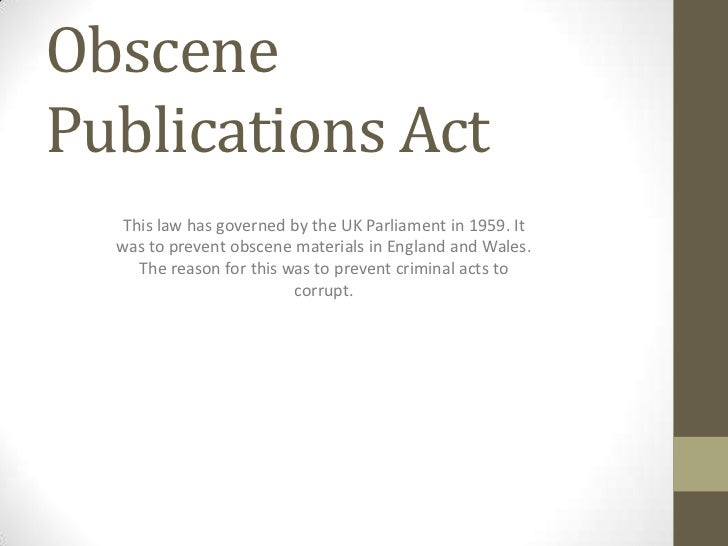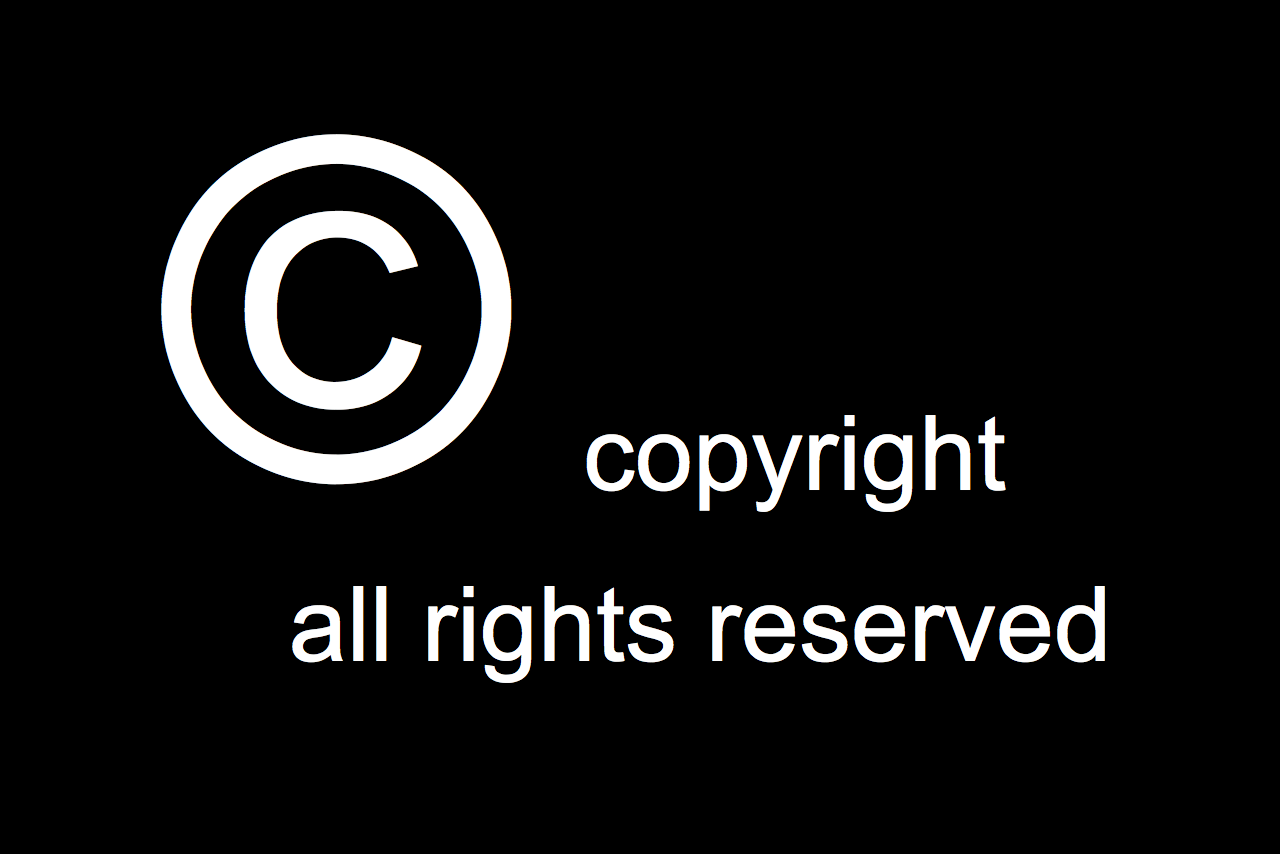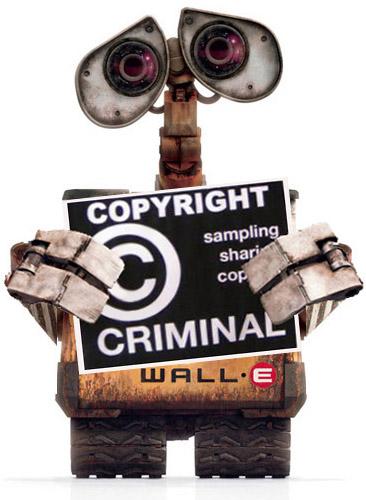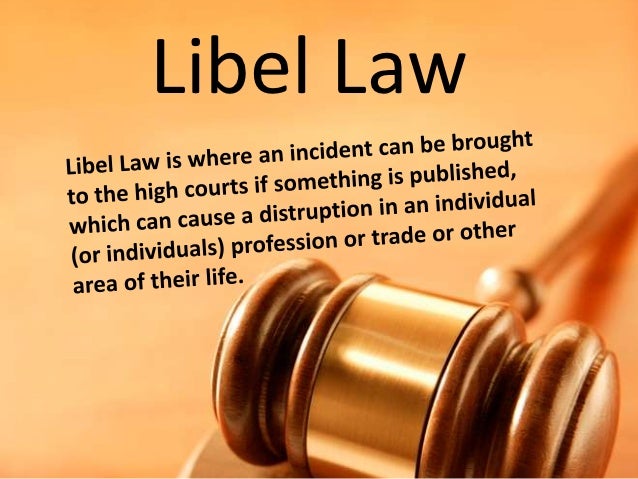Game Rating Classification:
I again researched the game industry and looked up the classification system for video games. For video games the age rating and what is involved in the game is classified by the company, PEGI. Depending on the game that is being released, PEGI will either give the game a rating of 3, 7, 12, 16 and 18.
Also, included when classifying the game, the key parts are shown on the game in order to give the person buying the game a general idea of what can be seen and heard in the game. These are: Bad Language, Discrimination, Drugs, Fear, Gambling, Sex, Violence and if the game features online content. Depending on what is in the game these symbols may be seen on the games box.
PEGI:
The PEGI age ratings are systems used to ensure the entertainment content and video games are rated by the content that is featured within the game. PEGI Stands for Pan European Game Information

 This symbol means that the game is considerable for all ages and only shows mild violence on a small comical level.
This symbol means that the game is considerable for all ages and only shows mild violence on a small comical level. Here is an example of a PEGI 3 game.
Here is an example of a PEGI 3 game.PEGI 7:-
 This symbol means that any game that would be usually rated 3 but includes some scenes that may be frightening for children.
This symbol means that any game that would be usually rated 3 but includes some scenes that may be frightening for children. Here is an example for a PEGI 7 game.
Here is an example for a PEGI 7 game.PEGI 12:-
 This symbol stands for violence on a slightly more graphic level. Also if there is any bad language used in the game. These games have more of a twelve plus audience.
This symbol stands for violence on a slightly more graphic level. Also if there is any bad language used in the game. These games have more of a twelve plus audience. Portal 2 is an example of a 12 game.
Portal 2 is an example of a 12 game.PEGI 16:-
 This symbol is for a game that is for audiences 16 plus. This symbol is used for when violence and other things are seen as though they would be seen in real life.
This symbol is for a game that is for audiences 16 plus. This symbol is used for when violence and other things are seen as though they would be seen in real life. An example of a PEGI 16 game.
An example of a PEGI 16 game.PEGI 18:-
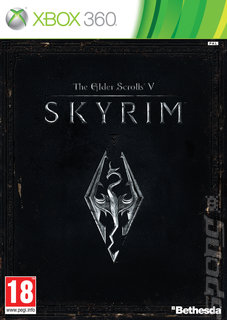 Here is an example of a PEGI 18 game.
Here is an example of a PEGI 18 game.The other symbols are for the content that may feature in the games.
Violence:-
 : This symbol shows that there is strong violence in the video game and this is a warning that should be considered.
: This symbol shows that there is strong violence in the video game and this is a warning that should be considered.Discrimination:-
 : This symbol shows discrimination in video games. Games with this can sometimes include racism or sexism.
: This symbol shows discrimination in video games. Games with this can sometimes include racism or sexism.Drugs:-
 : This symbol warns that drugs may be used in the game in a bad way.
: This symbol warns that drugs may be used in the game in a bad way.Fear:-
 : This symbol shows any fear that may be in the game. This can range from fantasy elements that may be scary or real life elements.
: This symbol shows any fear that may be in the game. This can range from fantasy elements that may be scary or real life elements.Sex:-
 : This symbol shows that inappropriate content will be featured in the game.
: This symbol shows that inappropriate content will be featured in the game.Bad Language:-
 : This symbol shows that bad language will be featured in the game.
: This symbol shows that bad language will be featured in the game.Gambling:-
 : This symbol means that money will and can be used in a bad way to influence people badly.
: This symbol means that money will and can be used in a bad way to influence people badly.Online:-
 : This is a warning for a game that has online content that could put people in harms way by going online.
: This is a warning for a game that has online content that could put people in harms way by going online.Legal Elements:
For the game industry I looked at the same laws and acts that I researched for the film industry.
Official Secrets Act 1989:
The first one that I looked at is the Official Secrets Act of 1989. This law means that no information from any services can be used in a game if taken without permission to use it. This relates to the game industry as any information that has been used by a game needs to have permission to use it otherwise it is not following this law. An example of this would be if the game had a spy type feel to it, the game should not relate to any actual spy company or happenings otherwise this would be breaking the law.

Obscene Publications Act 1959:
I next looked at The Obscene Publications Act of 1959. This act suggests that any inappropriate content should not be featured in a game, film and other areas. This law is only put into place across areas of the UK. This relates to video games as if there is any content deemed too inappropriate then the game should have some censorship and or have the content removed. It is important that this law is followed in order to have the game safe for the public. An example of this in a game would be if a game was given a rating that didn't reflect what was involved in the game then the law would be broken. On the game cover the symbol should be given for what is involved.
Videos Recording Act 1984:
This act states that it is illegal to sell a film of a 12+ rating to someone who is younger than 12. This law can also relate to the games industry because a game should be correctly rated and then not sold to anyone younger than the age rating that the game has been given. The role of the classification in this case would be done by PEGI. An example of this in gaming is games that are sold to people who are not old enough to buy the game and a shop sells the game then they are breaking the law.
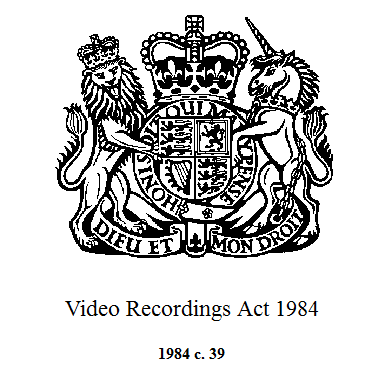
Race Relations Act 1976 (And later amendments):
This act means that people of different races and sexuality should be presented equally to other people and that they should be shown in a good way that isn't too impolite. This relates to the game industry because it would be wrong if certain characters were portrayed in a bad way due to their race. An example of this would be of a video game that had the main character of a different ethnic background in order to show that the characters in the games are equal.
Human Rights Act 1998:
The Human Rights Act means that the people working behind the product in the industry should be treated the same way as their peers otherwise it is unfair. This relates to this industry as people should be treated equally in the industry. An example of this would be if a woman is being treated differently to a man then the act should be put into place.

Licensing Act 2003 (And later amendments):
The Licensing Act of 2003 is an act that created a system for selling products to certain people so that someone doesn't buy a video game that they are too young to buy or play. This act made it so that certain shops could only sell the games to people of the correct age. An example of this would be if a child wanted to buy a game with the age rating of a 16+ the shop would have to not let the child buy the game. Another way that this act worked was so that the shops would only be available when children would not be around so that they can sell the games that children should not buy.
Privacy laws:
The Privacy Law is the law that deals with private information about people that stops other organisations using the information that is shared. This can relate to the game industry as certain games and consoles require the user to agree to certain terms and conditions and this give the option to keep all information privately. An example of this would be an update for a game or games console that asks to use some information for the update, the terms and conditions allow the user to keep this information private.

Copyright Law:
The copyright law states that the work created by the creator is their own work and this should not be distributed and copied in any way unless the creator has given permissions. This relates to the game industry as the creators of the games would not want their hard work to be copied and sold elsewhere under different names. An example would be a game created by a certain company not bing given and used to another company.
Intellectual property law:
The Intellectual Property Law is the law that the property made by the games company is their own and other companies cannot use these things otherwise the law is broken. This relates to the game industry due to companies making the game and owning the rights.

Libel Law:
Libel law is the law of things being copied and used without permission if these things will cause issues with individuals or companies. This relates to the game industry as if things are copied then another company could have an issue with this. An example would be a game company using elements from another game without any permission.
Ethics of The Game Industry:
I then looked at the ethical issues in games such as taboos, product placement, stereotypes and the way certain elements are viewed in games.
Taboo:
Firstly, I researched taboos in games. When making a game, the game makers need to be careful in order to not have the game having an inappropriate side to it so as to not offend those who are playing it by showing inappropriate things. An example would be that if a game needed to have a certain scene for the story to continue then the game should be given the correct rating.
Product Placement:
Secondly, I looked at product placements used in videogames. The product placement in games could be an issue if the company with their product in the game isn't being paid for. Also, like the film industry, if a product is used in a bad way the people who play the games may do the same wrong things.
Stereotypes:
I then looked at stereotyping in videogames. This is when people in games may be given a bad appearance causing some issues in real life with people having the same opinions as characters in games even though these are wrong.An example of this would be in Call of Duty games showing certain races to be bad people leading to people playing the games having racial stereotypes.

Depiction of Elements in Games:
Finally, I looked at the way certain things are shown in video games and just like in films the way that strong language, sex and violence is portrayed could be an issue if the game isn't given the correct age rating. This could effect the way certain age ranges could be. An example would be Grand Theft Auto using all of the previously mentioned things and not having the correct age ratings so younger people play it and get influenced into doing the wrong things.


 : The U symbol stands for Universal. This type of film is suitable for audiences aged 4 years old and over and does not show any violence or anything inappropriate and has clean language that will not offend.
: The U symbol stands for Universal. This type of film is suitable for audiences aged 4 years old and over and does not show any violence or anything inappropriate and has clean language that will not offend. : PG Stands for Parental Guidance. This means that a general audience is allowed to view the movie. This rating for film can have an audience of 8 years plus as long as the younger audience has adult consent or is with an adult when viewing the film. This rating of film may include some light violence.
: PG Stands for Parental Guidance. This means that a general audience is allowed to view the movie. This rating for film can have an audience of 8 years plus as long as the younger audience has adult consent or is with an adult when viewing the film. This rating of film may include some light violence. : This is a film that enables someone 12 years or older to watch the film as long as they are accompanied by an adult when watching the movie. A movie like this may have some violence and perhaps a small amount of bad language.
: This is a film that enables someone 12 years or older to watch the film as long as they are accompanied by an adult when watching the movie. A movie like this may have some violence and perhaps a small amount of bad language. : This is similar to a 12A except when a film is released on DVD or Blu-Ray someone 12 and up may not be accompanied by an adult. This also means that if a child is under 12 and not accompanied by an adult then they cannot purchase the film. This type of film, like a 12A may have some violence and a frequent use of bad language.
: This is similar to a 12A except when a film is released on DVD or Blu-Ray someone 12 and up may not be accompanied by an adult. This also means that if a child is under 12 and not accompanied by an adult then they cannot purchase the film. This type of film, like a 12A may have some violence and a frequent use of bad language. : This symbol means that no one under the age of 15 can see this movie or purchase one. A movie with this rating will have a lot of violence, a lot of bad language and may have some brief nudity.
: This symbol means that no one under the age of 15 can see this movie or purchase one. A movie with this rating will have a lot of violence, a lot of bad language and may have some brief nudity. : Films that have the rating 18 are for adults and must not be viewed by anyone under the age of 18. This type of film will have a frequent use of strong language, a large amount of realistic violence and more nudity than a 15 rated film.
: Films that have the rating 18 are for adults and must not be viewed by anyone under the age of 18. This type of film will have a frequent use of strong language, a large amount of realistic violence and more nudity than a 15 rated film. : This is a special and legally restricted rating that has content that only adults over 18 should watch. This means that a child under 18 should most certainly not view this film. The R Stands for Restricted.
: This is a special and legally restricted rating that has content that only adults over 18 should watch. This means that a child under 18 should most certainly not view this film. The R Stands for Restricted.
